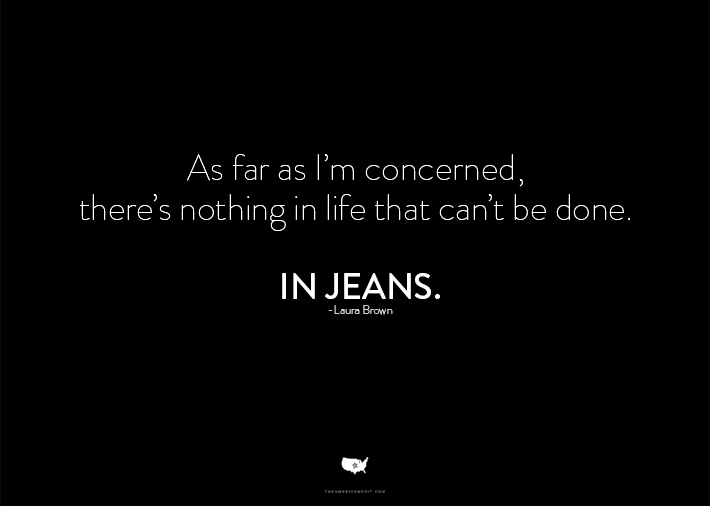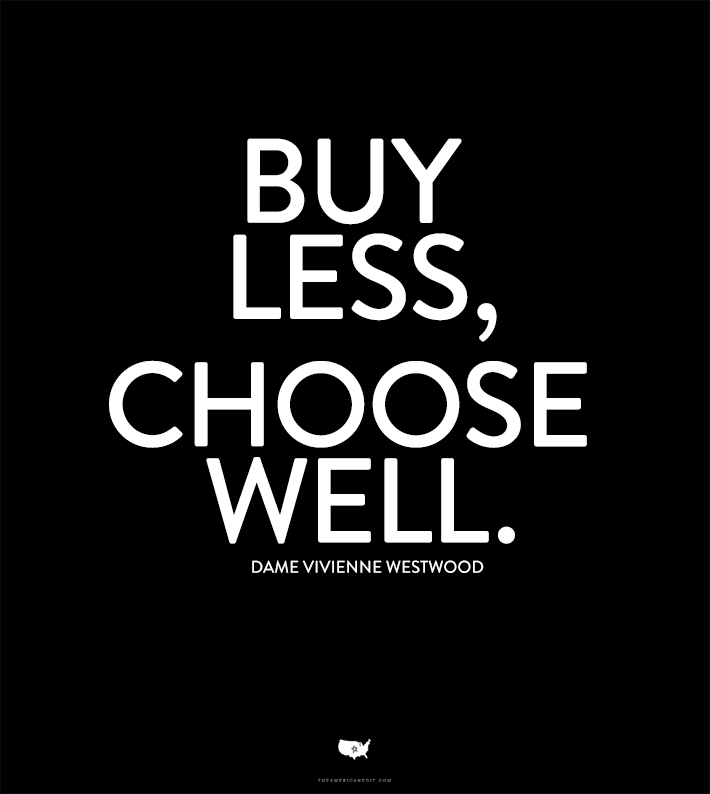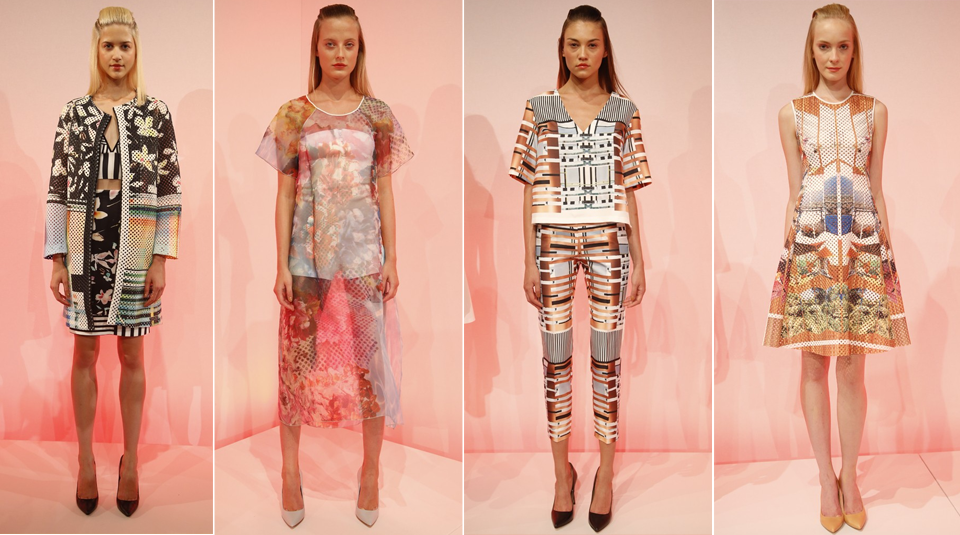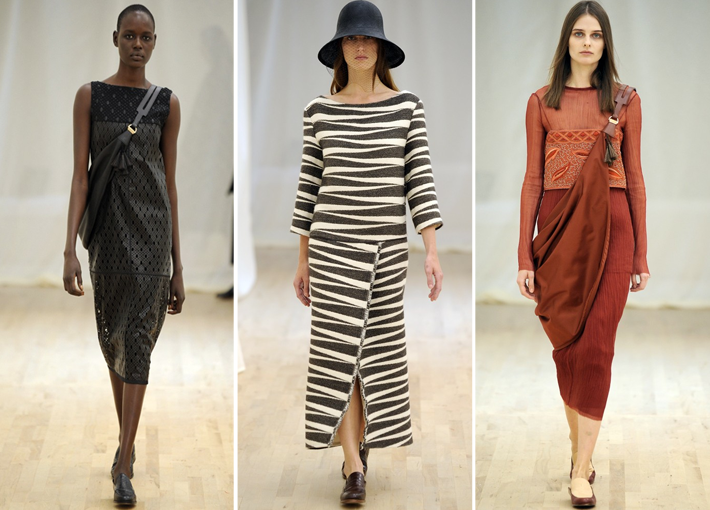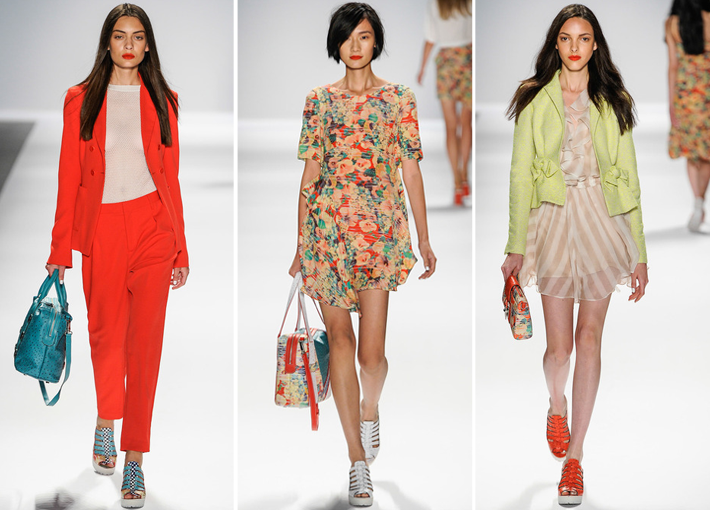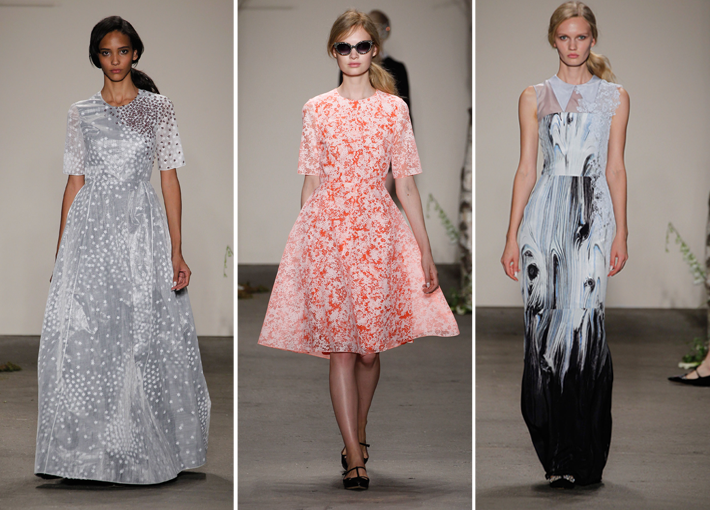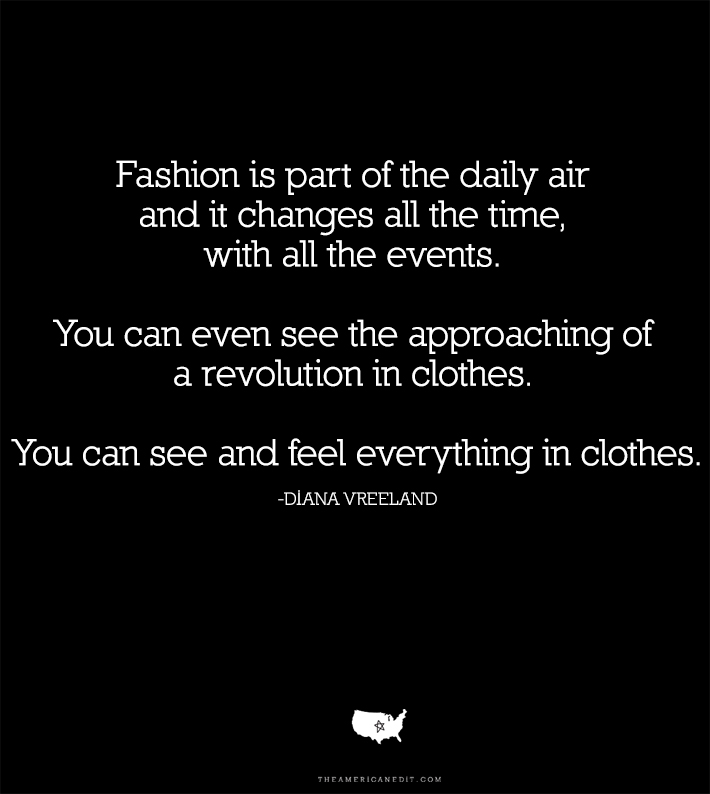some of my favorites reads of late!
Laura Brown’s adventures in fashion
I’ve been on a perennial hunt for THE perfect pair of jeans… Laura Brown of Harper’s Bazaar sums up the obsession, perfectly.
The New Potato
Food & Fashion? Brilliant.
Talking Shop : Heidi Merrick + Desiree Kohan
I’ve never been to Des Kohan but after this interview, it is definitely on the top of my list for my next trip to LA! I love the concept, the attention to detail, the collaboration with and support of new lines… and the fact that nothing goes on sale, because everything in the store is worth it. So refreshing.
The Sweet Home
My friend Nate introduced me to this product review site – it’s amazing. For a review of bike locks, the reviewer interviewed known bike thieves!
Well Spent Book Club : CHEAP
Well Spent is one of my favorite blogs, and absolutely part of the inspiration behind TAE – I hated that it was so easy and enjoyable to discover new, honestly crafted clothing for my husband and that I had to search and search and read labels everywhere I went. They just launched a book club last month and, nerd that I am, I couldn’t wait to start commenting as soon as the post went up yesterday! There hasn’t been a lot of discourse yet, but hopefully there will be more as time goes on… I read next month’s book, Fugitive Denim: A moving Story of People and Pants in the Borderless World of Global Trade, several years ago and loved it. Would love for you to join in next month!
With that, have an amazing weekend! If there are any other great articles or blogs I should be reading, or brands I should be finding, please let me know!
To stay up to date with TAE, please follow along!
